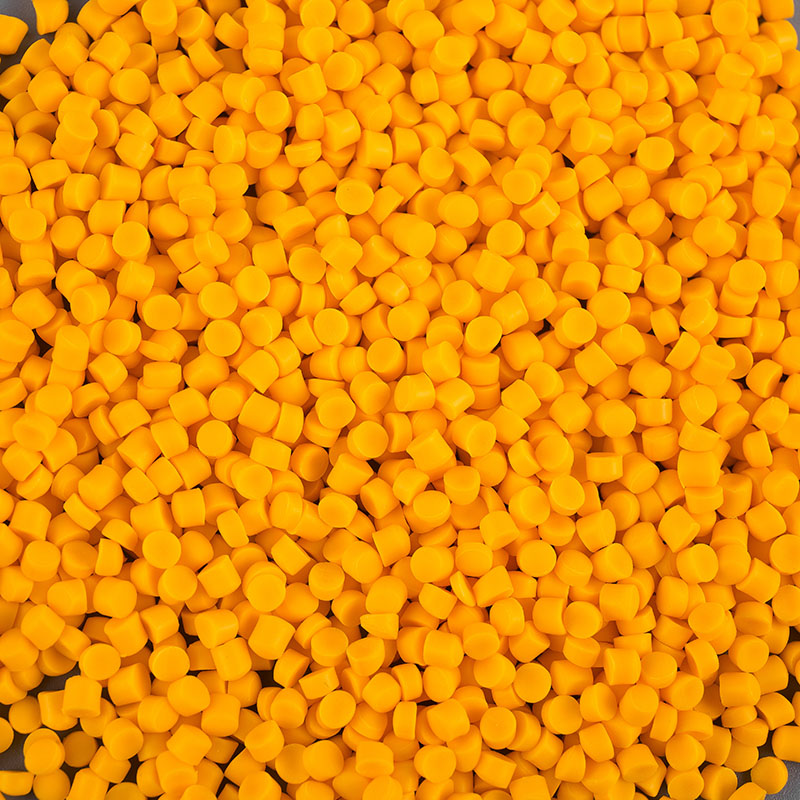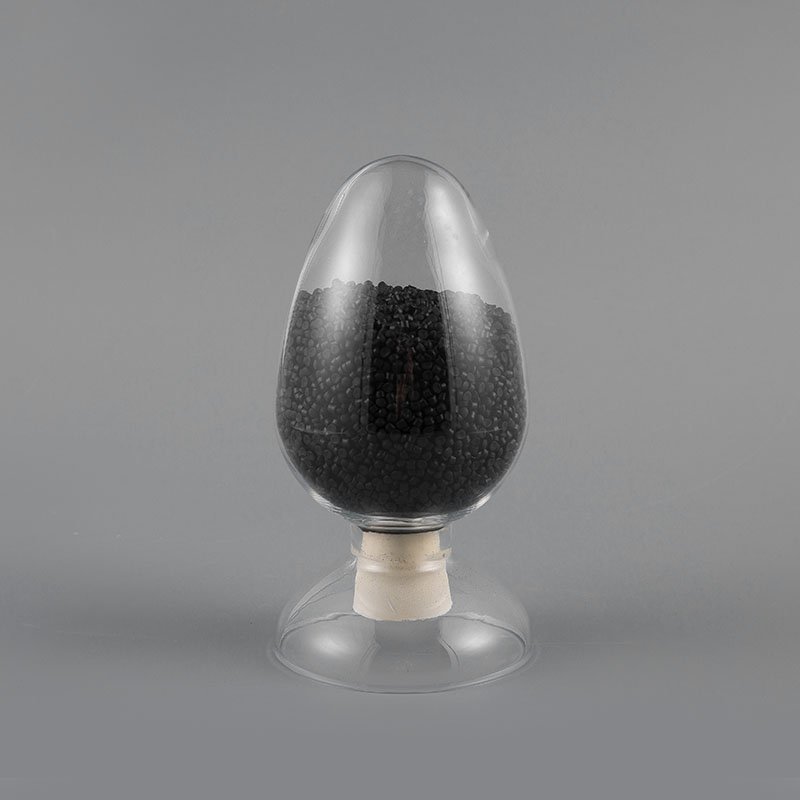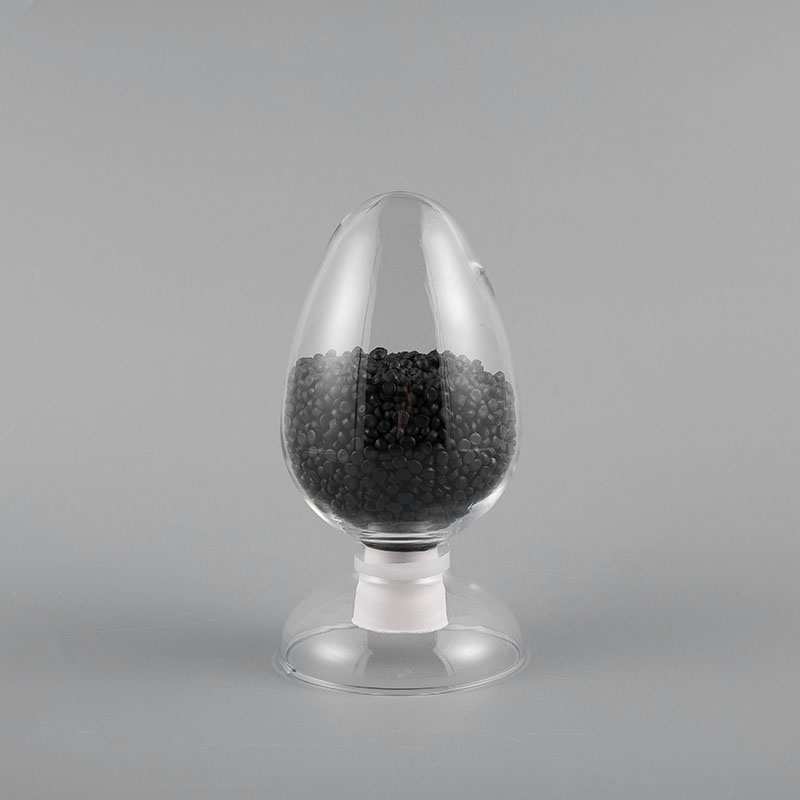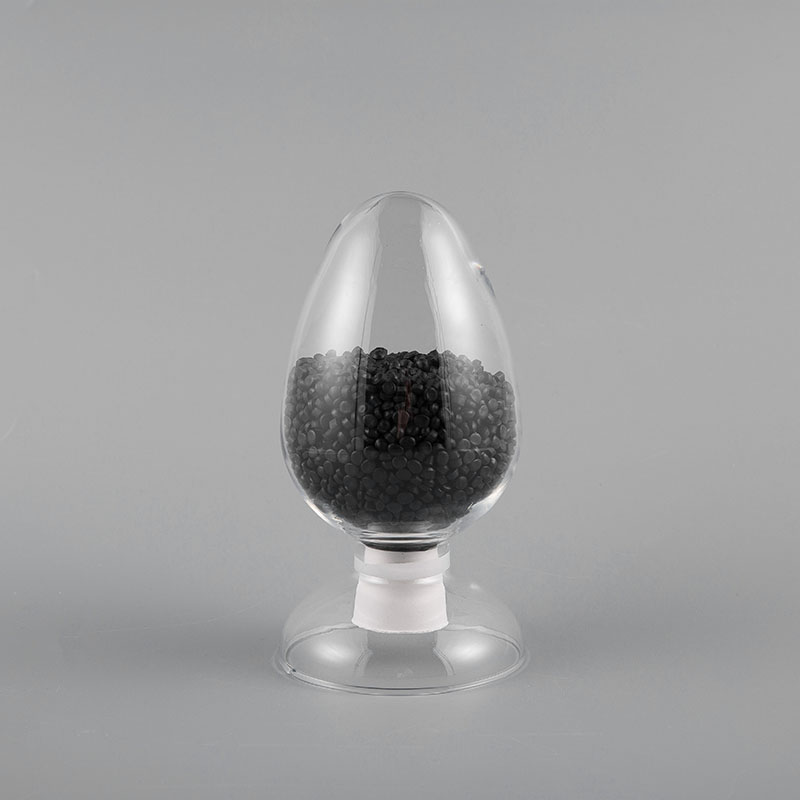The demand for high-performance cable compounds is growing across various industries, driven by the need for durability, safety, and efficiency. Power cable compounds, automotive wire compounds, and transportation cable compounds each serve unique applications while sharing some common material characteristics.
ULD-105 1032 105℃ UL Standard PVC Electronic Wire Compound
1. Power Cable Compound: Ensuring Reliable Energy Transmission
Power cable compounds are engineered to provide excellent electrical insulation, thermal stability, and mechanical strength. They are widely used in power distribution networks, renewable energy systems, and industrial applications.
Key Properties:
High Dielectric Strength – Minimizes energy loss and prevents electrical breakdown.
Thermal Resistance – Withstands high temperatures (up to 90°C for standard compounds, 130°C for cross-linked versions).
Flame Retardancy – Meets industry standards like IEC 60502 and UL 44 for fire safety.
Environmental Resistance – Resists moisture, UV radiation, and chemical exposure.
Common Materials:
XLPE (Cross-Linked Polyethylene) – Offers superior thermal and mechanical properties.
PVC (Polyvinyl Chloride) – Cost-effective and flexible but with lower thermal resistance.
LSZH (Low Smoke Zero Halogen) – Used in confined spaces to reduce toxic emissions during fires.
2. Compound For Automotive Wire: Meeting the Demands of Modern Vehicles
Automotive wire compounds must endure harsh conditions, including extreme temperatures, vibrations, and exposure to oils and chemicals. They are critical for vehicle safety, performance, and electrification trends.
Key Properties:
Heat Resistance – Withstands under-the-hood temperatures (up to 125°C–150°C).
Abrasion Resistance – Protects wires from wear due to constant movement.
Flexibility – Ensures easy routing in tight spaces.
Flame Retardancy – Complies with automotive safety standards like ISO 6722 and SAE J1128.
Common Materials:
Cross-Linked Polyethylene (XLPE) – Used in high-temperature applications.
Polypropylene (PP) – Lightweight and resistant to chemicals.
Thermoplastic Elastomers (TPE) – Balances flexibility and durability.
Data Comparison (Power Cable vs. Automotive Wire Compounds):
| Property | Power Cable Compound | Automotive Wire Compound |
|---|---|---|
| Max Operating Temp | 90°C–130°C | 125°C–150°C |
| Flame Retardancy | IEC 60502, UL 44 | ISO 6722, SAE J1128 |
| Flexibility | Moderate | High |
| Key Material | XLPE, PVC, LSZH | XLPE, PP, TPE |
3. Cable Compound For Transportation: Supporting Mobility Infrastructure
Transportation cable compounds are used in railways, aerospace, and marine applications, where reliability under mechanical stress and environmental exposure is crucial.
Key Properties:
Vibration Resistance – Prevents cracking in dynamic environments.
Oil & Chemical Resistance – Essential for marine and aviation applications.
Low Smoke & Toxicity – Critical for enclosed spaces like subways and aircraft.
Fire Safety – Complies with EN 45545 (railways) and FAA regulations (aerospace).
Common Materials:
Ethylene Propylene Rubber (EPR) – Excellent flexibility and thermal stability.
Silicone Rubber – Used in high-temperature aerospace applications.
Fluoropolymers (PTFE, FEP) – Resistant to extreme environments.
Data Comparison (Automotive vs. Transportation Compounds):
| Property | Automotive Wire Compound | Transportation Cable Compound |
|---|---|---|
| Max Operating Temp | 125°C-150°C | 150°C-200°C (aerospace) |
| Key Standards | ISO 6722, SAE J1128 | EN 45545, FAA Regulations |
| Environmental Exposure | Oils, fuels | Saltwater, UV, extreme temps |
| Key Material | XLPE, PP, TPE | EPR, Silicone, PTFE |


 English
English 中文简体
中文简体 русский
русский







